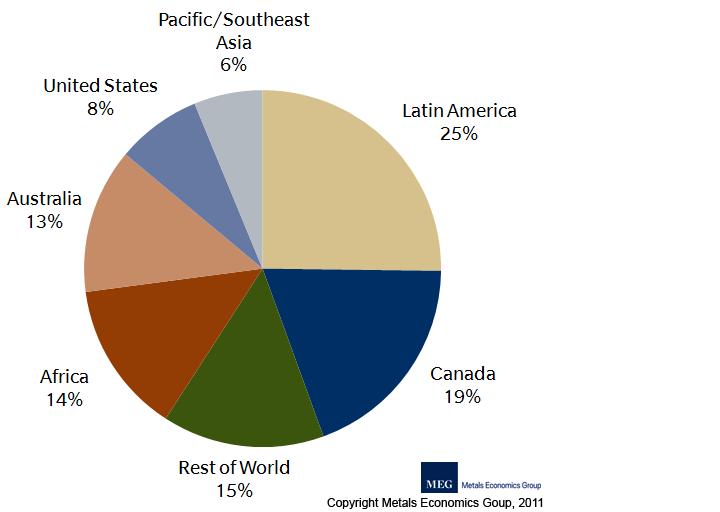Québec, May 9, 2011 – Québec Premier Jean Charest, Deputy Premier, Minister of Natural Resources and Wildlife and Minister responsible for the Plan Nord Nathalie Normandeau, Minister of Agriculture, Fisheries and Food and Minister responsible for the Abitibi-Témiscamingue region and the Nord-du-Québec region Pierre Corbeil, Minister of Sustainable Development, Environment and Parks Pierre Arcand, Minister responsible for Native Affairs Geoffrey Kelley, and Minister for Natural Resources and Wildlife and Minister responsible for the Saguenay–Lac-Saint-Jean region and the Côte-Nord region Serge Simard today launched the Plan Nord, one of the most ambitious projects ever undertaken in Québec and the project of a generation. The Plan Nord first offered a perspective of sustainable development in Québec and is now one of the biggest economic, social and environmental development projects in Québec’s history.
“The Plan Nord will be carried out over 25 years and engender investments of over $80 billion. It will create or consolidate 20 000 jobs a year, on average, and generate $14 billion in revenue for the government and Québec society. The economic spinoff and social development stemming from the Plan Nord will enhance the living conditions of northern populations. Through the needs for manpower, knowledge and expertise that it engenders, its benefits will be felt throughout Québec. The Plan Nord will be to the coming decades what the development of La Manicouagan and James Bay was to the 1960s and 1970s,” Premier Charest said.
A unique approach
The Plan Nord is one of the most ambitious projects that Québec has undertaken. The approach adopted is equally ambitious. Since January 2010, a number of Aboriginal and local communities have worked together. Over 60 meetings were held of sectorial and consensus-building working groups in which over 450 people participated. Through its representative, participatory approach, the Plan Nord will be a unique model of sustainable development that reconciles social and economic development and environmental protection.

























